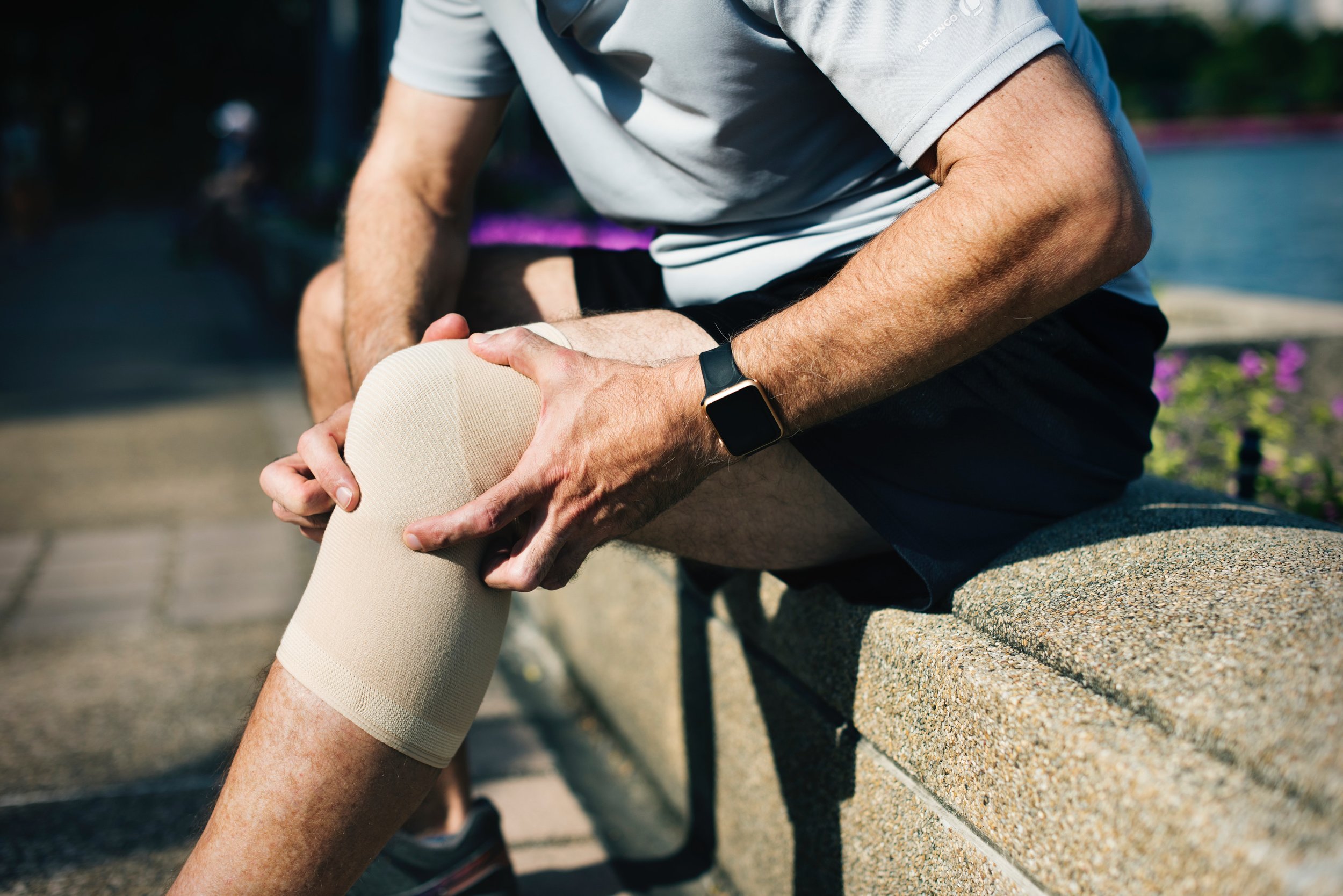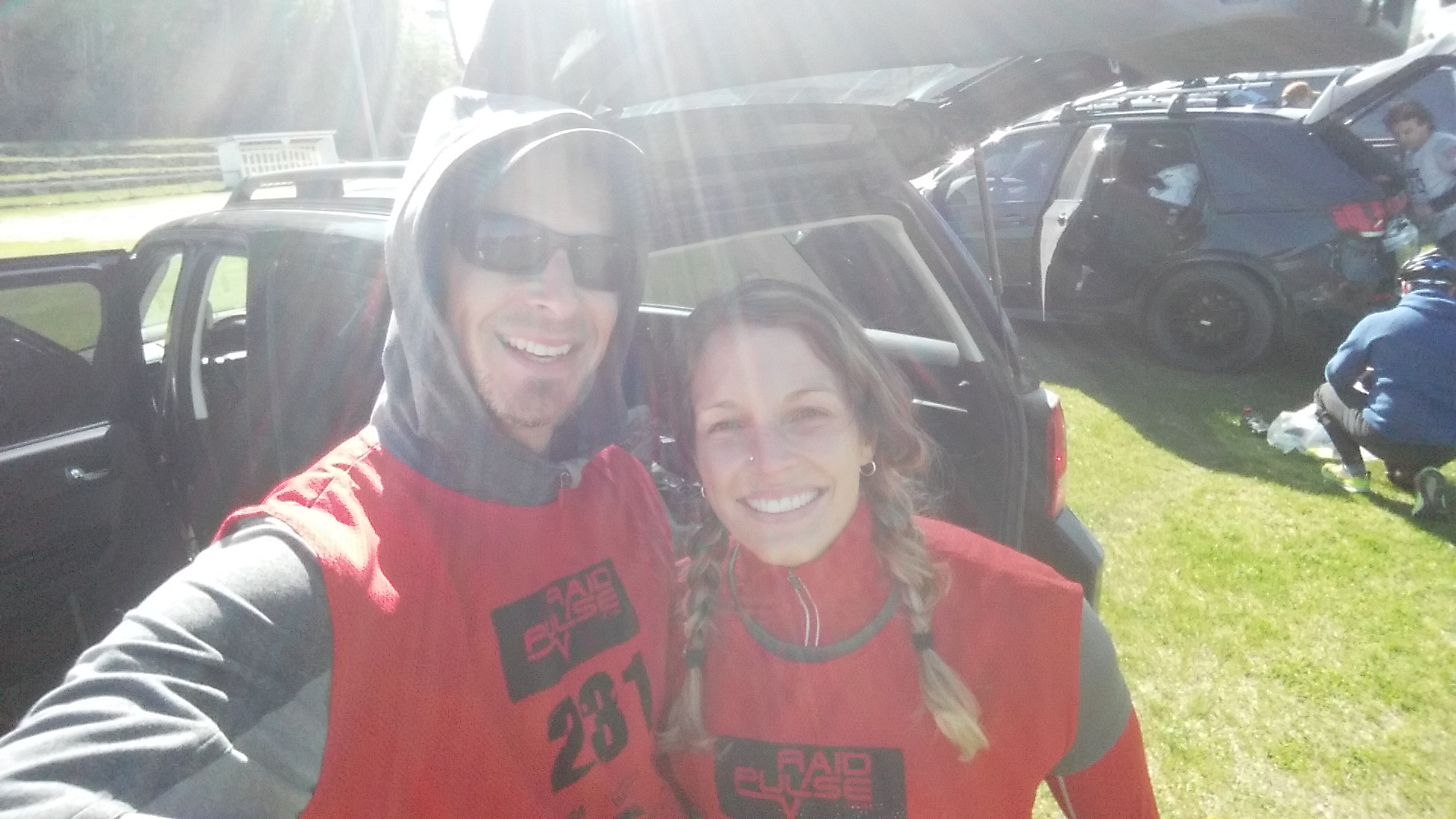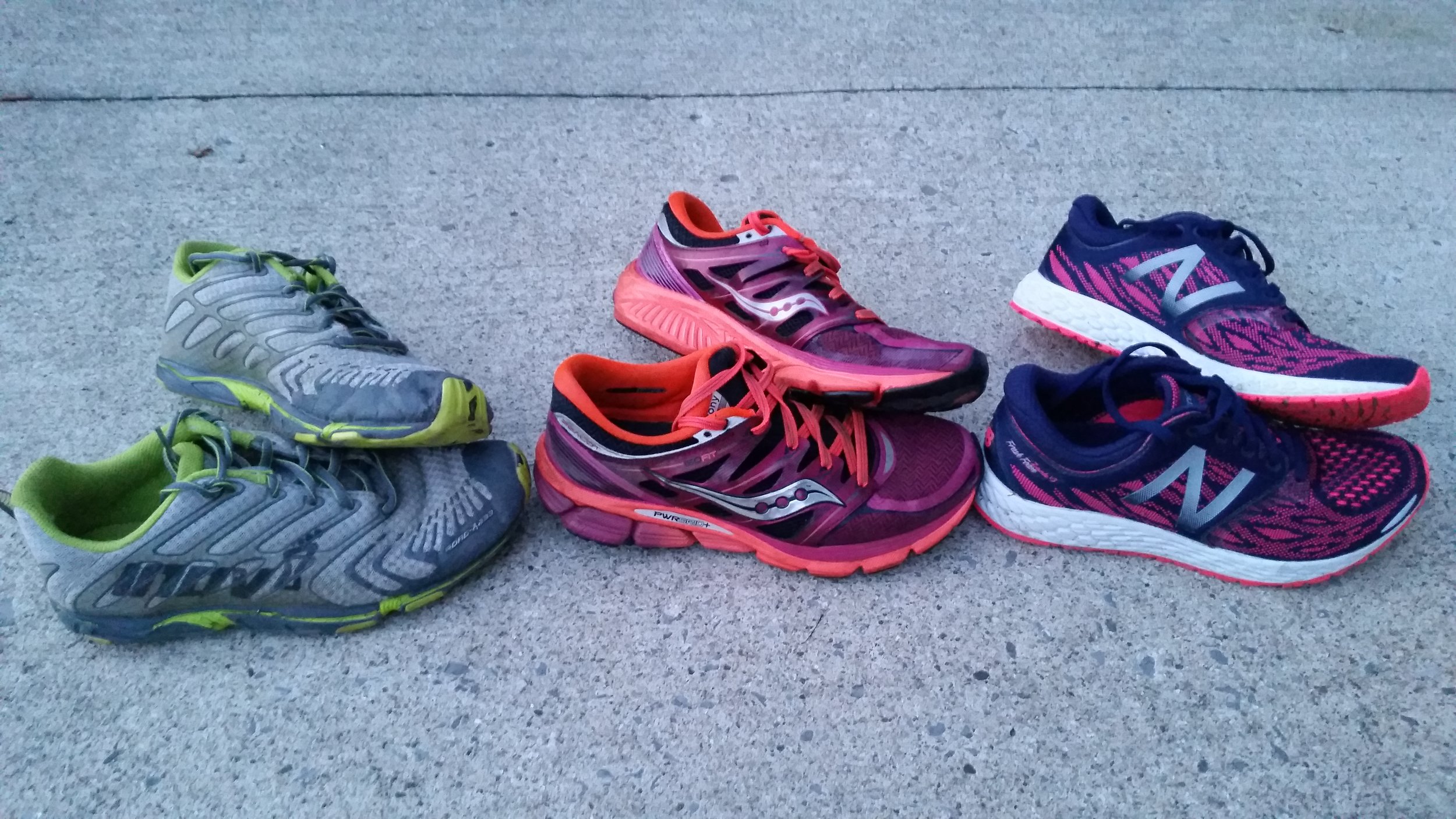
“After nourishment, shelter, and Companionship, stories are the thing we need most in the world”
— Philip Pullman

Physiotherapy Treatment: My philosophy
With my physiotherapy treatment philosophy, I identify each person’s unique valued activities, and do everything possible to get them back to doing what they love.

When can I start exercise after an injury?
There is no set timeline for returning to training or sports after an injury, but some simple guidelines to help get you back to doing what you love. In this post I cover two points: how to safely return to activity after and injury, and how to know if you have ‘overdone’ it.

Video Blog: How to properly lift a canoe without hurting your back
Backcountry canoe camping is an excellent way to decrease stress and improve your mental health. However, if you don't lift a canoe properly you risk back injuries or making an existing back issue worse.

Physio In Your Pocket: Rolling the Foot to Relieve Foot Pain during CrossFit
How to properly roll the foot to relieve foot pain or cramping from such injuries as plantar fasciitis.

Video Blog: Shoulder Pain and CrossFit
Shoulder pain is a common complaint among CrossFit athletes. Here is how I can help you recover from your shoulder injuries so you can keep pushing your fitness limits.

First Adventure Race Recap: All the things not to do.
With adventure racing there are a few more variables to consider than your standard road race. We learned a lot through this experience, mostly how to improve for the next race. So for anyone considering making the leap into adventure racing, here are 6 rules to nail your first and following adventure races.

Running shoes and Rehabilitation: A Personal Account
Yes it can matter which type of shoe you are running in to get you through an injury. I am going to share with you my personal experience of why my last three pairs of running shoes have been quite different styles, and why I changed to a different style of shoe to rehab an injury.

When you need a physiotherapist
You may have always wondered what a physiotherapist does, but never had a reason to look into it further. Physiotherapists will analyse the cause of your pain and work to resolve it....